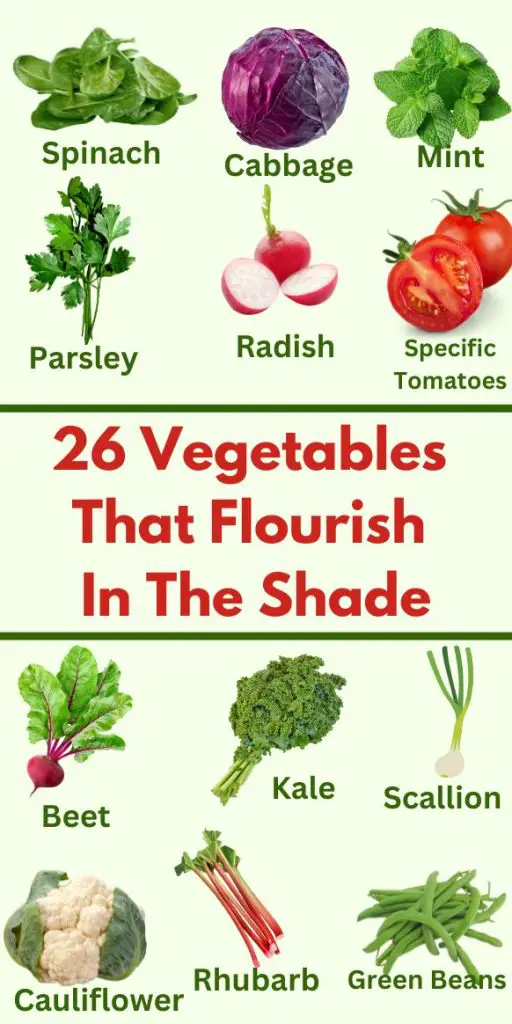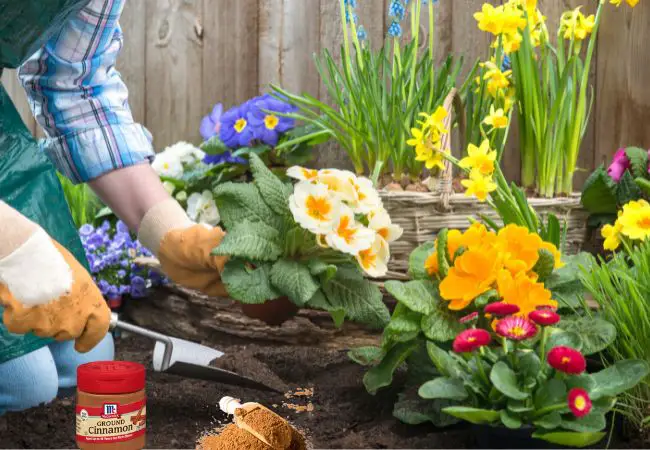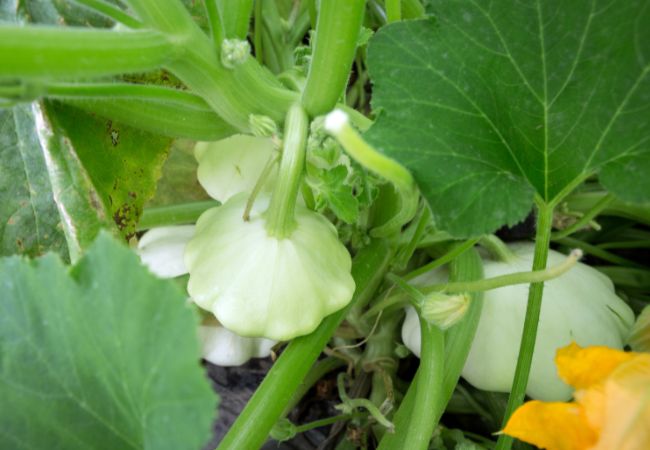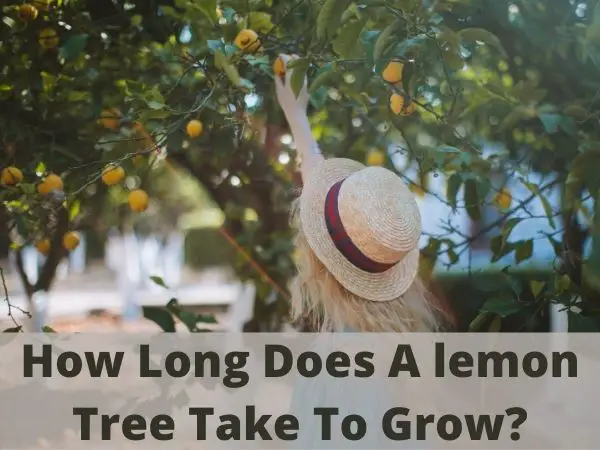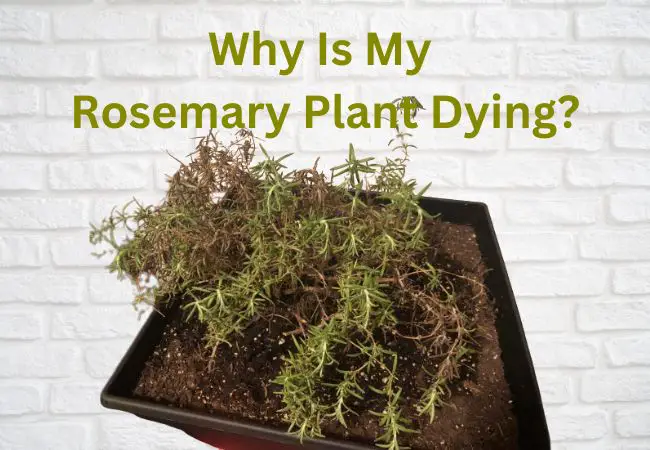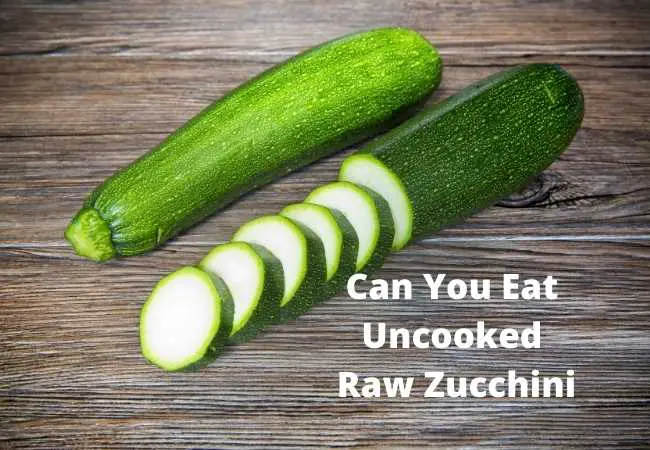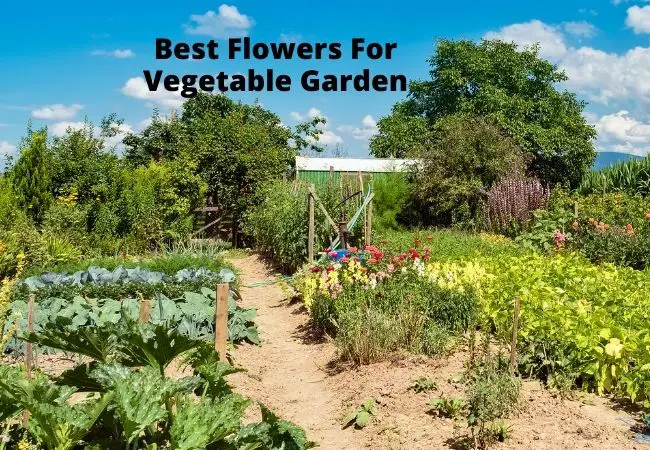26 Vegetables That Flourish in Shady Gardens
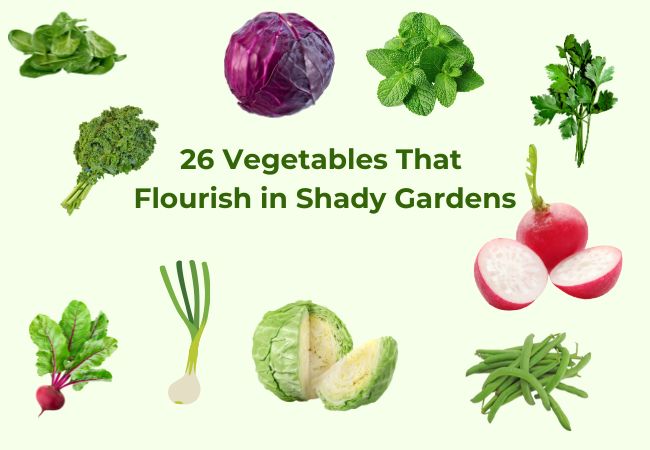
These 26 vegetables that flourish in shady gardens will help you increase your harvest and utilize the whole garden. In the past, I have successfully grown many types of vegetables even when the larger portion of my garden was in the shade.
Vegetables That Flourish in Shady Gardens
I found that embracing shade gardening opens up a world of possibilities for cultivating a variety of vegetables that thrive in such conditions. In this post, I will explore 26 shade-tolerant vegetables that can bring abundant harvests and delicious flavors to your shade garden.
Discover the benefits of growing vegetables in shady areas and learn how to optimize your garden for optimal results. You can also grow most of these vegetables in containers and position them in the shady areas of the garden. Check out this guide on growing vegetables in gardens.
Factors to Consider for Shade Gardening
Before diving into the specific vegetables, it’s important to understand the factors that affect shade gardening success. Shade levels vary, ranging from light shade to partial shade and deep shade.
Different vegetables have varying tolerance levels for shade, so it’s crucial to match their needs with the available light conditions. Additionally, paying attention to soil quality, adequate watering, and thoughtful garden layout can significantly enhance your shade gardening experience.
If natural light is severely limited, you can also explore supplemental lighting options to provide the necessary illumination for your plants.
Leafy Greens
Leafy greens are among the most shade-tolerant vegetables, making them an excellent choice for shady gardens.
Spinach, with its nutritious leaves, is a versatile vegetable that can be enjoyed in salads or cooked dishes.
Swiss chard, known for its vibrant stems and tender leaves, adds beauty to any garden.
Kale, packed with vitamins and antioxidants, thrives in partial shade and can be harvested for an extended period.
Various lettuce varieties, such as romaine, butterhead, and loose-leaf, offer a range of flavors and textures for shade gardeners to enjoy.
Cruciferous Vegetables
Cruciferous vegetables are a staple in many diets, and luckily, some varieties tolerate shade quite well.
Broccoli, with its dense heads and edible stalks, can be successfully grown in areas with limited sunlight.
Cauliflower, a close relative, forms delightful heads in shades of white, yellow, and purple.
Cabbage, available in different shapes and sizes, adds a touch of color and texture to any shade garden.
Brussels sprouts, miniature cabbage-like vegetables, thrive in cool climates with partial shade.
Root Vegetables
Root vegetables are an excellent choice for shade gardening, as they focus their energy on developing below the soil surface.
Beets, with their earthy sweetness, can be grown in areas with dappled sunlight and provide nutritious roots and greens.
Carrots, although preferring full sun, can still be cultivated in partial shade with proper soil preparation and consistent watering.
Radishes, known for their quick growth and crisp texture, are suitable for both light and partial shade.
Turnips, versatile and hardy, offer both tasty roots and nutritious greens for shade gardens.
Shady Garden Herbs
Herbs not only add flavor to culinary creations but also bring fragrance and beauty to your garden.
Mint, a perennial herb, thrives in moist, shaded areas and is an excellent choice for both culinary and medicinal purposes.
Cilantro, with its distinctive flavor, can be grown in partial shade and provides a constant supply of fresh leaves.
Parsley, a versatile herb used as a garnish or ingredient, adapts well to shaded environments.
Chives, with their mild onion flavor, are easy to grow and can tolerate light shade.
Alliums
Alliums, including scallions, leeks, and garlic chives, are members of the onion family and can withstand shade to a certain extent.
Scallions, with their slender green stalks and mild flavor, can be grown in areas with partial shade.
Leeks, known for their long white stems, prefer full sun but can still be cultivated in partially shaded areas.
Garlic chives, which produce delicate white produce. Although they prefer full sun, you can still grow them in partial shade.
Legumes
Legumes, such as green beans and peas, are versatile vegetables that can also thrive in shade.
Green beans, known for their delicious pods, can be grown in areas with partial shade, although they may require a bit more time to reach maturity.
Peas, with their sweet and tender pods, are well-suited for partial shade and cooler climates. They not only provide a bountiful harvest but also enrich the soil with nitrogen through their symbiotic relationship with nitrogen-fixing bacteria.
Nightshades
Nightshade vegetables, including tomatoes and peppers, are typically associated with full sun requirements. However, there are shade-tolerant varieties that can still produce a fruitful harvest in shadier areas.
Choose tomato varieties specifically bred for shade tolerance, such as ‘Stupice,’ ‘Black Krim,’ or ‘Oregon Spring.’ Peppers, too, have shade-tolerant options like ‘Purple Beauty’ or ‘Gypsy.’
While the yield may be slightly lower compared to sun-grown counterparts, these varieties can still provide home gardeners with a satisfying harvest.
Peppers are stable in any home garden. They are easy to establish as well as maintain. They are very many types and varieties to experiment with and find what works for you.
Other Shade-Tolerant Vegetables
In addition to the aforementioned categories, some other vegetables can also thrive in shade.
Asparagus, a perennial vegetable, requires patience as it takes a few years to establish, but once it does, it can be harvested for years to come.
Rhubarb, with its tart stalks, is a cold-hardy perennial that grows well in partially shaded areas. These unique vegetables bring diversity and flavor to shade gardens.
Gardening Shade-Tolerant Vegetables
I began by treating gardening in the shaded areas of my garden as an experiment. Over time I have learned what works and what doesn’t, especially with other considerations specific to my garden.
Embracing shade gardening opens up a world of possibilities for growing a variety of delicious and nutritious vegetables. From leafy greens to cruciferous vegetables, root vegetables to herbs, and even nightshades and other unique options.
There is a wide array of shade-tolerant vegetables to choose from. You can create a thriving shade garden that brings joy and abundance.
I hope this post on vegetables that flourish in shade gardens encourages you to get creative, experiment, and enjoy the benefits of shade gardening. Please follow me on Multigardening Pinterest for more awesome gardening posts.
